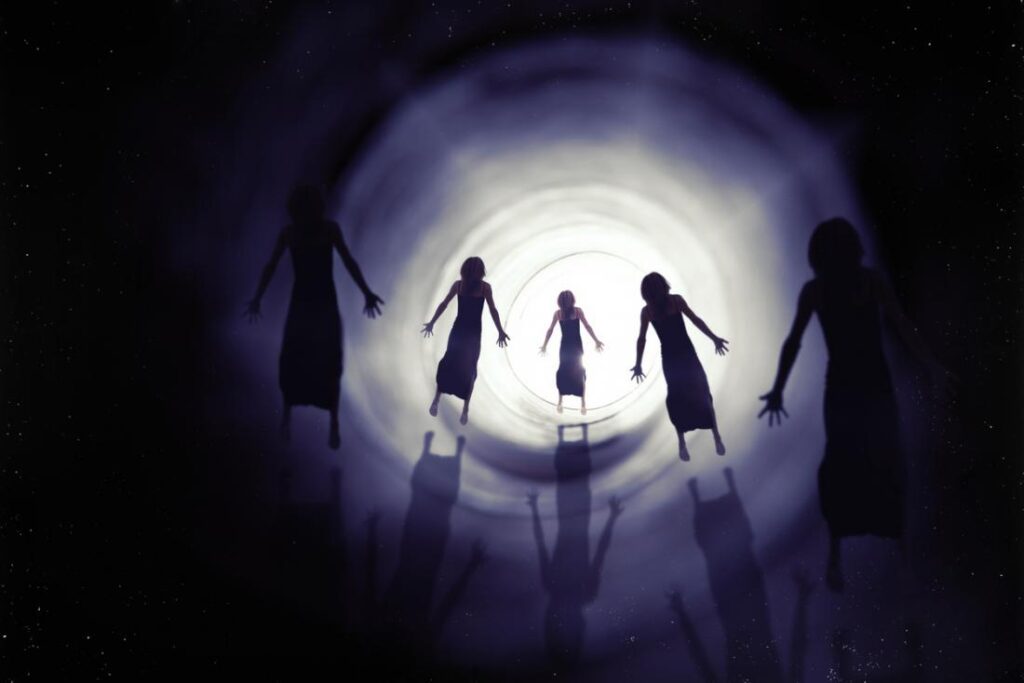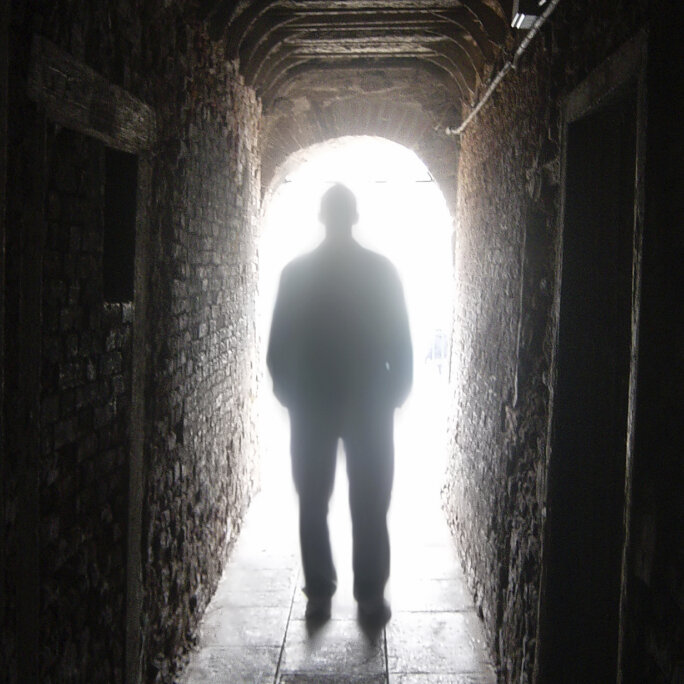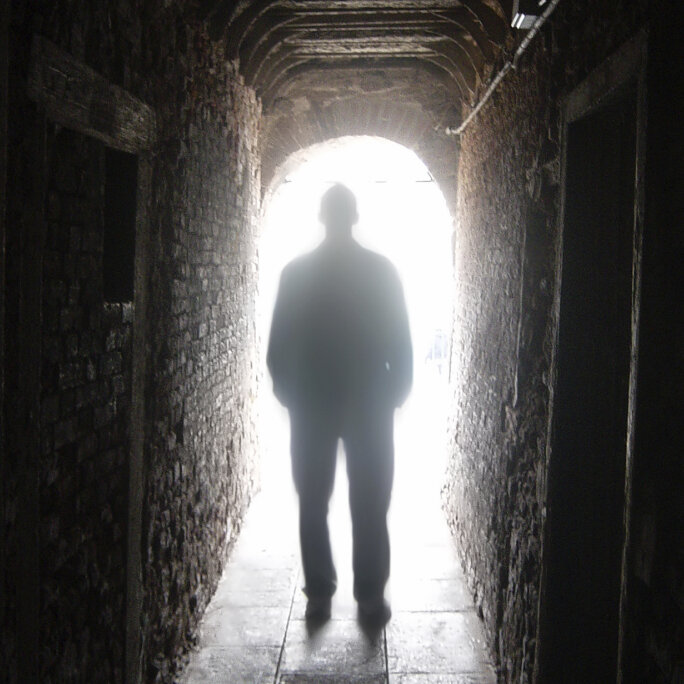Hey, have you ever wondered what happens during a near-death experience? It’s a fascinating topic that many people are curious about. Whether you’ve heard stories from friends or family members or have experienced one yourself, near-death experiences have captivated the minds of people for ages.
In our upcoming article, we’ll delve deep into the realm of near-death experiences and explore what exactly they are. We’ll discuss the common elements often reported by individuals who have had such experiences, such as the feeling of leaving the body, encountering a bright light, and a sense of peacefulness. We’ll also explore the different theories and interpretations surrounding near-death experiences and what science has to say about them.
So, if you’re intrigued by the mystery of near-death experiences and want to learn more, be sure to check out our forthcoming article. You’ll gain a better understanding of this extraordinary phenomenon and perhaps even gain some insights into the nature of life and death.

93% of people don’t know this truth about their zodiac sign. Do you?
Near-death experiences: An Introduction
Near-death experiences (NDEs) are a fascinating and widely discussed phenomenon that occur when an individual is on the brink of death or has been declared clinically dead but is later revived. These experiences are characterized by a variety of vivid and profound sensations and perceptions, ranging from encounters with deceased loved ones to a profound sense of peace and transcendence. In this article, we will explore the defining features, historical significance, and scientific explanations behind near-death experiences, as well as their implications for our understanding of consciousness, spirituality, and the afterlife.
Defining near-death experiences
Near-death experiences can be broadly defined as a subjective, transformative experience that occurs when an individual is at the threshold of death. These experiences are typically described as a state of expanded awareness and heightened consciousness, often involving a detachment from the physical body and an encounter with a realm or presence beyond our physical reality.
History and recognition of near-death experiences
While near-death experiences have been documented throughout history, they gained significant recognition in the late 20th century with the publication of Raymond Moody’s groundbreaking book, “Life After Life,” in 1975. Moody’s work brought attention to the common features and characteristics of NDEs, such as the sensation of leaving the body, moving through a tunnel of light, and encountering deceased loved ones.
Since then, numerous studies and accounts have further contributed to our understanding and recognition of these experiences. Organizations such as the International Association for Near-Death Studies (IANDS) have played a crucial role in promoting research and providing support for individuals who have had near-death experiences.
Significance and impact of near-death experiences
Near-death experiences have profound and often life-changing effects on those who undergo them. Many individuals report a radical shift in their beliefs and worldview, as well as a renewed appreciation for life and a decreased fear of death. The transformative nature of these experiences has also led some to question the nature of consciousness and the existence of a soul or spirit separate from the physical body.

Common Features and Characteristics
While near-death experiences can vary from person to person, there are several common features and characteristics that are frequently reported. These include:
Tunnel of light and out-of-body experiences
One of the most well-known aspects of near-death experiences is the sensation of moving through a tunnel of light. Many individuals describe feeling a sense of peace and warmth as they travel through this tunnel, often accompanied by a feeling of weightlessness and detachment from the physical body. Out-of-body experiences are also commonly reported, where individuals perceive themselves floating above their own bodies and observing the scene below.
Encounters with deceased loved ones
Another common feature of near-death experiences is the presence of deceased loved ones. Many individuals report encountering deceased family members or friends who appear to guide or comfort them during the experience. These encounters can evoke powerful emotions and a profound sense of reunion and love.
Life review and heightened senses
During a near-death experience, individuals often experience a rapid and vivid review of their life. This life review is often described as a panoramic movie-like sequence, where one’s actions and their impact on others are fully understood and felt. Additionally, many individuals report heightened senses during their near-death experience, with colors appearing more vibrant and sounds becoming more intense.
Feelings of peace and unconditional love
One of the most consistent aspects of near-death experiences is the overwhelming sense of peace, love, and acceptance that individuals experience. This feeling often surpasses any earthly definition of love and is described as a deep sense of belonging and interconnectedness with all living beings.
The Science Behind Near-Death Experiences
While near-death experiences are deeply personal and subjective, researchers have attempted to provide scientific explanations for the phenomenon. These explanations can be broadly categorized into neurological, psychological, and spiritual perspectives.
Neurological explanations and brain activity
Some researchers propose that near-death experiences can be attributed to complex changes in brain activity during times of extreme stress or trauma. It is believed that the brain releases a surge of endorphins and other chemicals, which can produce the vivid hallucinations and altered states of consciousness often reported during NDEs. Additionally, certain areas of the brain, such as the temporal lobe, have been associated with mystical experiences and may contribute to the otherworldly sensations and imagery reported by NDE experiencers.
Psychological interpretations and cognitive effects
Psychologists have also offered various interpretations of near-death experiences. Some argue that these experiences are a form of psychological defense mechanism, a way for individuals to cope with the impending threat of death. Others suggest that NDEs may be a product of altered states of consciousness, similar to hallucinations or lucid dreams.
Spiritual and metaphysical perspectives
From a spiritual and metaphysical perspective, near-death experiences are seen as glimpses into the nature of consciousness and the afterlife. Proponents of this view argue that the soul or spirit temporarily separates from the physical body during the near-death experience, providing a glimpse of a higher spiritual realm beyond our physical reality.

Different Types of Near-Death Experiences
While near-death experiences share common features and characteristics, they can also exhibit significant variations based on religious, cultural, and personal factors.
Religious and cultural variations
Near-death experiences can be influenced by an individual’s religious or cultural background. For example, individuals from Christian backgrounds may describe encounters with angels or religious figures, while those from Eastern traditions may have experiences aligned with their respective beliefs, such as encounters with deities or experiencing oneness with the universe.
Childhood near-death experiences
Childhood near-death experiences are also distinct, often characterized by a more innocent and childlike perspective. These experiences may involve encounters with imaginary friends, deceased pets, or benevolent beings that provide guidance and comfort.
Shared near-death experiences
Shared near-death experiences are another intriguing variation, where multiple individuals report simultaneously experiencing a near-death experience during the same event. These shared experiences suggest a collective or interconnected aspect to the phenomenon.
Negative or distressing near-death experiences
While many near-death experiences are positive and transformative, some individuals report negative or distressing experiences. These can include feelings of emptiness, hellish landscapes, or encounters with malevolent beings. These distressing experiences may have a profound impact on an individual’s psychological well-being and require further exploration and support.
Near-Death Experiences and the Afterlife
Near-death experiences provide unique insights and perspectives on the nature of consciousness and the afterlife.
Insights into the nature of consciousness
Near-death experiences challenge our conventional understanding of consciousness, suggesting that it may exist beyond the confines of the physical body. These experiences provide glimpses into a realm that transcends our material reality, raising important questions about the origins and meaning of consciousness.
Existence of a soul or spirit
Many individuals who have had near-death experiences believe that they have encountered a spiritual realm separate from the physical world. These experiences suggest the existence of a soul or spirit that continues to exist after death, fueling debates on the nature of the self and its relationship to the physical body.
Reincarnation and past-life memories
Some individuals who have had near-death experiences also report memories or visions of past lives. These memories often provide detailed information about historical periods, locations, and events that the individual could not have otherwise known, supporting the concept of reincarnation and suggesting a continuity of consciousness between lives.

Near-Death Experiences and Spiritual Transformation
Beyond their metaphysical and philosophical implications, near-death experiences often initiate profound transformations in individuals’ beliefs, values, and way of life.
Changes in beliefs and worldview
Near-death experiences can shatter existing belief systems and open individuals’ minds to new possibilities. Many experiencers undergo a radical shift in their views on death, spirituality, and the purpose of life. These transformative experiences often lead to a broader perspective, increased empathy, and a sense of interconnectedness with all living beings.
Enhanced spiritual connection and empathy
Individuals who have had near-death experiences often report an enhanced sense of spiritual connection. They may develop a deeper appreciation for nature, a heightened sense of empathy towards others, and a greater desire to contribute positively to society. These experiences foster a profound sense of compassion and a strong desire to live a more meaningful and purposeful life.
Overcoming fear of death and embracing life
One of the most significant impacts of near-death experiences is the reduction or elimination of the fear of death. Through their encounters with the transcendent, individuals often gain a deep understanding that death is not the end but a transition to a higher state of being. This newfound perspective allows them to live more fully, embracing life with gratitude and a sense of purpose.
Near-Death Experiences vs. Out-of-Body Experiences
While near-death experiences often involve out-of-body experiences, it is important to draw a distinction between the two phenomena.
Distinguishing characteristics
Out-of-body experiences (OBEs) can occur in various states, including during sleep, meditation, or as a result of trauma. These experiences involve a sense of detachment from the physical body, allowing individuals to view or explore their surroundings from a different perspective. Near-death experiences, on the other hand, specifically occur in the context of a brush with death and are often accompanied by additional profound sensations and encounters.
Different purposes and contexts
Out-of-body experiences can serve various purposes, such as spiritual exploration, personal growth, or the desire to escape from the limitations of the physical body. Near-death experiences, however, occur spontaneously during times of extreme stress or trauma, often with the aim of providing comfort, insight, or preparation for the transition into death.

Scientific Studies and Research
Scientific interest in near-death experiences has grown significantly over the past few decades, leading to numerous studies, case reports, and testimonials.
Prominent researchers in the field
Researchers such as Dr. Kenneth Ring, Dr. Pim van Lommel, and Dr. Bruce Greyson have made significant contributions to the field of near-death experience research. Through their studies and investigations, they have shed light on the common features, long-term effects, and potential therapeutic applications of these experiences.
Case studies and testimonials
Case studies and firsthand testimonials from individuals who have had near-death experiences provide valuable insights into the phenomenon. These accounts offer detailed descriptions of the experience itself, as well as its subsequent impact on the individual’s beliefs, attitudes, and behaviors.
Criticism and scepticism
While scientific research on near-death experiences has gained momentum, critics argue that these experiences can be explained by physiological or psychological factors alone. Skeptics contend that NDEs should be considered hallucinations or products of the brain rather than genuine transcendental experiences. However, the wealth of anecdotal evidence, coherence among accounts, and consistency of reported features challenge these skeptical perspectives and warrant further investigation.
Cultural and Historical Significance
Near-death experiences have a rich cultural and historical significance, permeating various ancient cultures and religious traditions.
Near-death experiences in ancient cultures
Accounts resembling near-death experiences can be found in ancient texts and artwork from cultures around the world. Ancient Egyptians, for example, placed great importance on the experience of “traveling to the afterlife” and depicted it in their belief systems and funerary ceremonies. In addition, Hindu and Buddhist texts describe journeys beyond death and the attainment of higher states of consciousness.
Near-death experiences in religious traditions
Near-death experiences are frequently referenced in religious traditions, often portrayed as glimpses into the afterlife or encounters with divine beings. These experiences play a central role in shaping religious beliefs, providing comfort and reassurance to followers, and reinforcing the notion of an eternal soul or spirit.
Influence on art, literature, and popular culture
Near-death experiences have also influenced artistic expression and cultural narratives throughout history. Literature, paintings, and films often depict vivid portrayals of near-death experiences and their transformative effects on individuals. These creative interpretations not only provide entertainment but also serve as a means of exploring and processing the existential questions raised by near-death experiences.
Conclusion
Near-death experiences are a profound and deeply personal phenomenon that challenge our understanding of consciousness, spirituality, and the afterlife. They offer unique insights into the nature of reality and human existence, providing comfort, inspiration, and transformative experiences for those who undergo them. Further research and exploration into the causes, effects, and implications of near-death experiences are crucial in expanding our understanding of these extraordinary events and their significance in our lives. By approaching the topic with an open mind and continued scientific inquiry, we can continue to unravel the mysteries surrounding near-death experiences and their potential to reshape our conception of life and death.

